
100 Covers of Gabriel García Márquez's One Hundred Years of Solitude
Iconic Covers, from 1967 to Today
Pablo Neruda once called Gabriel García Márquez’s 1967 novel One Hundred Years of Solitude “perhaps the greatest revelation in the Spanish language since the Don Quixote of Cervantes.” Now a beloved classic for millions, and the defining pinnacle of magical realist literature, the novel traces the Buendía family over seven generations spent in their fictional hometown of Macondo—founded in the Colombian rainforest by their patriarch, José Arcadio Buendía—which is reportedly based on Márquez’s own hometown of Aracataca, near the northern coast of Colombia. For a while it is a kind of utopia, though a strange one, but eventually, the encroachment of the outside world destroys everything the Buendías have built. This is a lush, descriptive, and relentlessly irreal novel, and as such, its cover treatments have varied wildly over the years. Below, I’ve selected one hundred different covers used for One Hundred Years of Solitude, published around the world between 1967 and 2018. The only question is: which one is the best?
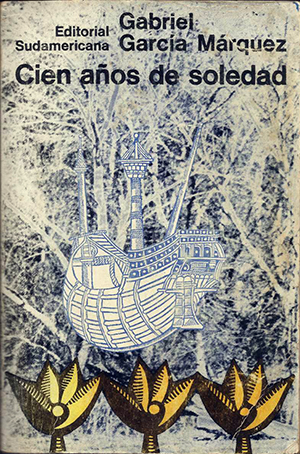 Buenos Aires: Editorial Sudamericana, 1967
Buenos Aires: Editorial Sudamericana, 1967
The very first edition draws directly from one of the book’s earliest images: “When they woke up, with the sun already high in the sky, they were speechless with fascination. Before them, surrounded by ferns and palm trees, white and powdery in the silent morning light, was an enormous Spanish galleon. Tilted slightly to the starboard, it had hanging from its intact masts the dirty rags of its sails in the midst of its rigging, which was adorned with orchids. The hull, covered with an armor of petrified barnacles and soft moss, was firmly fastened into a surface of stones. The whole structure seemed to occupy its own space, one of solitude and oblivion, protected from the vices of time and the habits of the birds. Inside, where the expeditionaries explored with careful intent, there was nothing but a thick forest of flowers.”
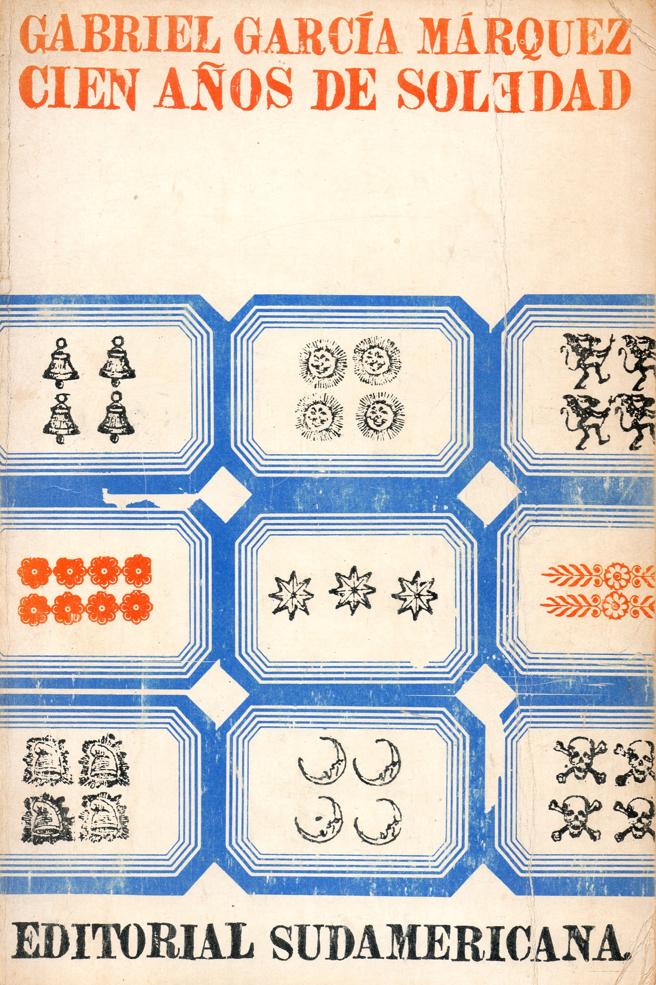 Buenos Aires: Editorial Sudamericana 1967
Buenos Aires: Editorial Sudamericana 1967
García Márquez liked this edition so much he wore it as a hat.
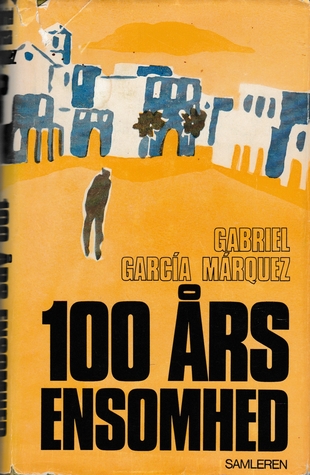 Samleren, 1969
Samleren, 1969
This Norwegian edition has the dream-scape feel down—particularly José Arcadio Buendía’s dream of a village made from ice-block houses.
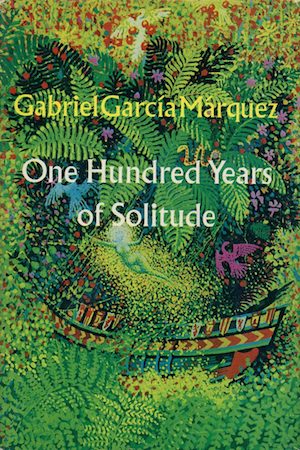 New York: Harper & Row, 1970
New York: Harper & Row, 1970
First American edition. Beautiful, magical, and lush, like the novel; the more you look at it, the more details you notice: the birds, the snake, the fairy, the ferns, that galleon again.
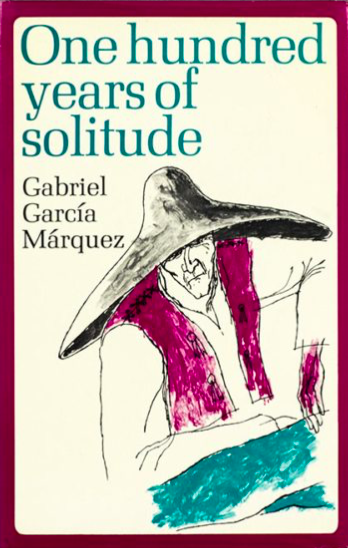 London: Jonathan Cape, 1970
London: Jonathan Cape, 1970
A rendering, perhaps, of the gypsy Melquíades: “That prodigious creature, said to possess the keys of Nostradamus, was a gloomy man, enveloped in a sad aura, with an Asiatic look that seemed to know what there was on the other side of things. He wore a large black hat that looked like a raven with widespread wings, and a velvet vest across which the patina of the centuries had skated.”
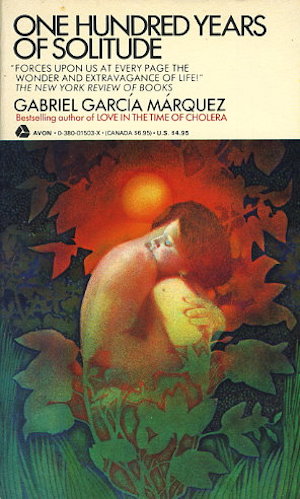 Avon Books, 1970
Avon Books, 1970
Talk about the heat of the jungle.
 Publicações Europa-América, 1971
Publicações Europa-América, 1971
I can’t say I understand this one—the policemen armed with wooden clubs?—but I find it deeply appealing, both in terms of design and color combination.
 Отечествения фронт, 1971
Отечествения фронт, 1971
A clever representation of the novel’s obsession with time, ghosts, love both familial and romantic, and the endless repetition of history.
 Meulenhoff, 1972
Meulenhoff, 1972
That is one large foot.
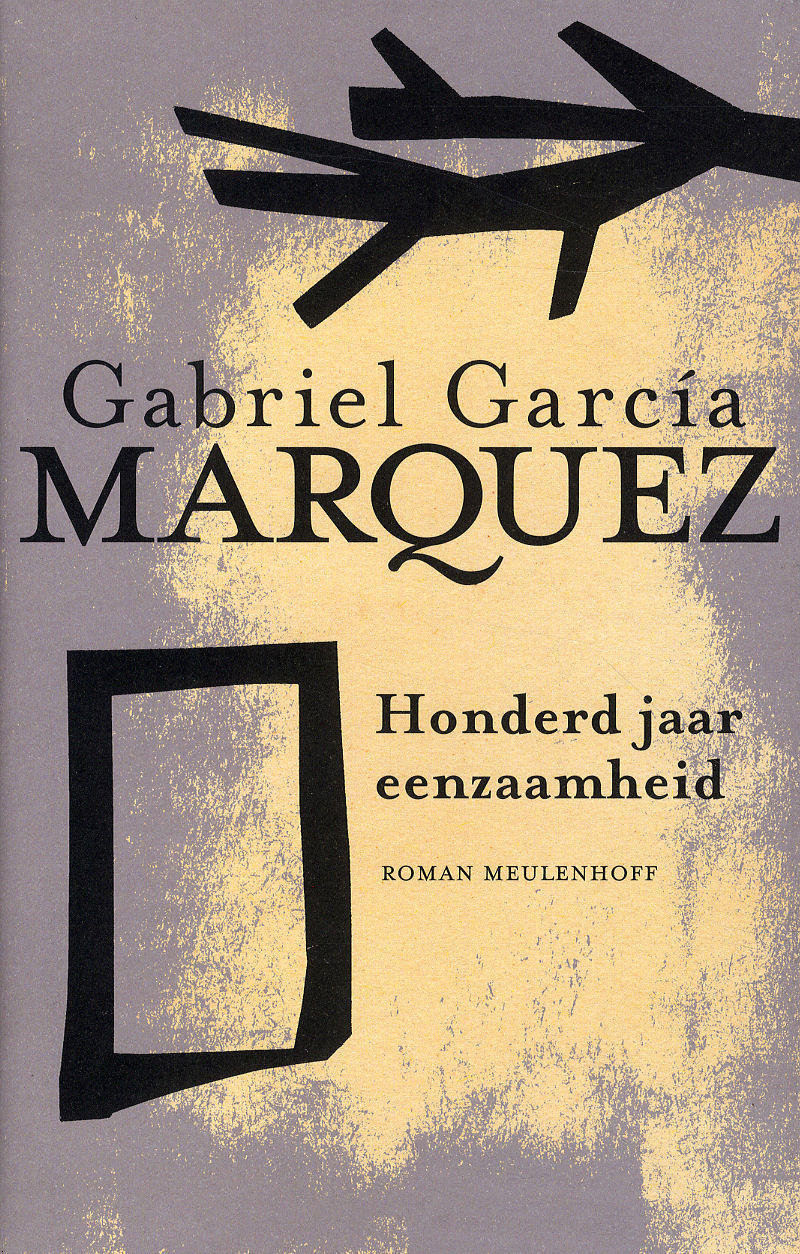 Meulenhoff, 1972
Meulenhoff, 1972
“Aureliano, who could not have been more than five at the time, would remember him for the rest of his life as he saw him that afternoon, sitting against the metallic and quivering light from the window, lighting up with his deep organ voice the darkest reaches of the imagination. . .”
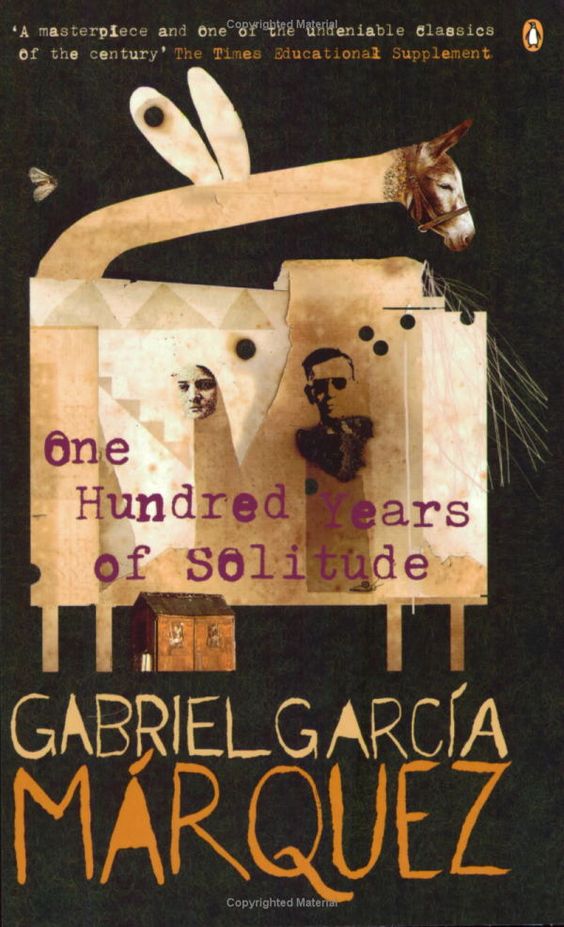 Penguin Books Ltd, 1972
Penguin Books Ltd, 1972
What new gypsy invention is this?
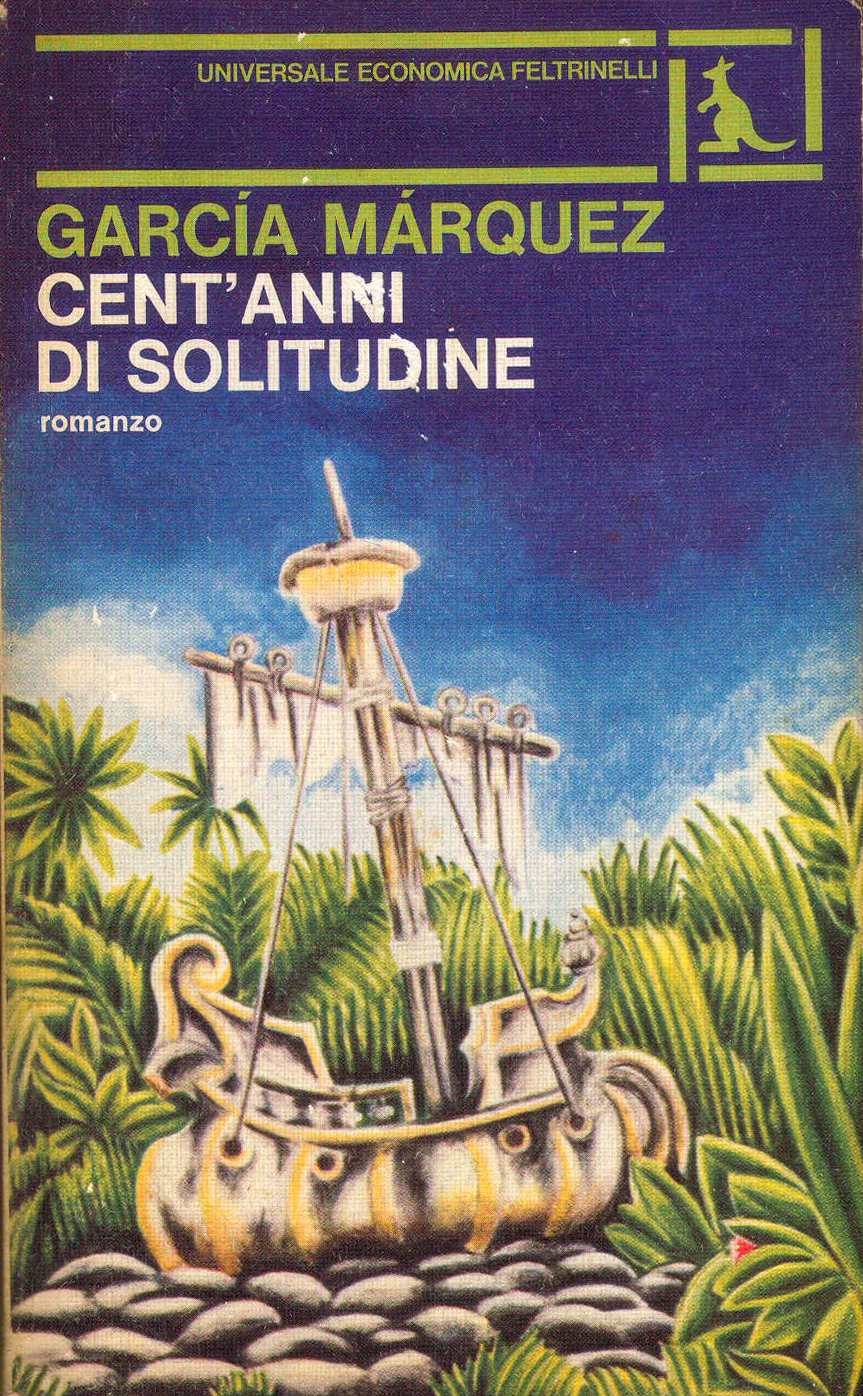 Feltrinelli, 1973
Feltrinelli, 1973
That galleon again—but something about this Italian cover makes me think more of J. G. Ballard than García Márquez.
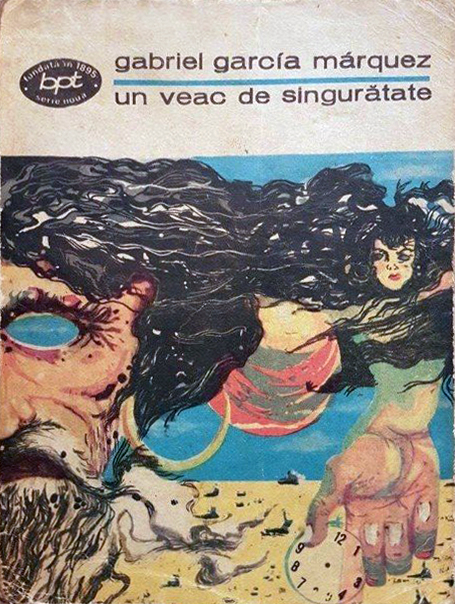 Editura Minerva, 1974
Editura Minerva, 1974
“‘Those kids are out of their heads,’ Úrsula said. ‘They must have worms.'”
 Eesti Raamat, 1975
Eesti Raamat, 1975
Melquíades again, in his raven hat.
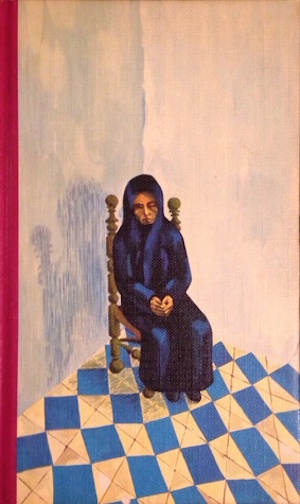 Círculo de lectores, 1975
Círculo de lectores, 1975
There’s nothing more daring and alluring (in book cover design, anyway) than leaving the title and author off completely and treating the cover like unfettered art.
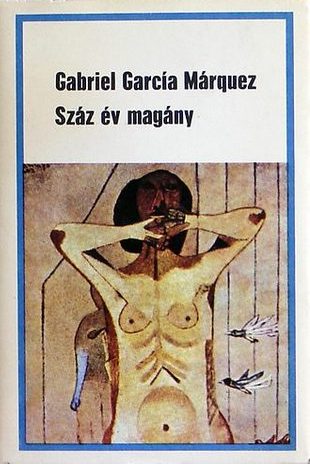 Magvető, 1975
Magvető, 1975
I admit I have no idea what is going on here, but at least the birds are still alive—for now.
 Penguin, 1977
Penguin, 1977
I’m not sure which painting this is sourced from, but to me it doesn’t exactly strike the right note.
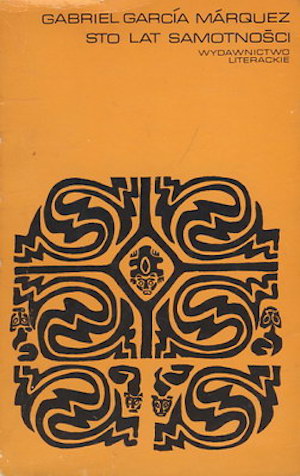 Literackie, 1977
Literackie, 1977
Perhaps one of these hidden creatures is in fact Aureliano Segundo, dressed up as a tiger?
 London: Picador/Pan Books, 1978
London: Picador/Pan Books, 1978
About the closest to a normal-looking family portrait this lot is likely to get.
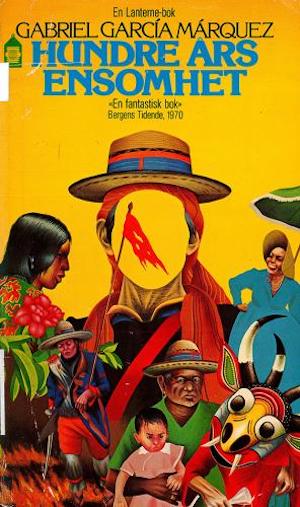 Gyldendal Norsk Forlag, 1978
Gyldendal Norsk Forlag, 1978
Your face here.
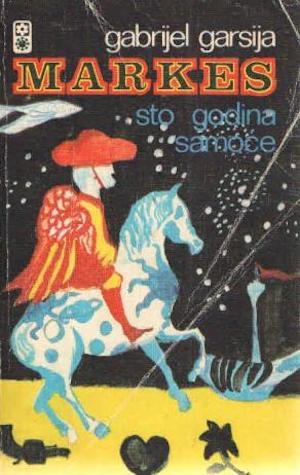 BIGZ, 1978
BIGZ, 1978
A winged soldier riding a tail-less horse made of the universe over guns and hearts and flowers. This seems about right.
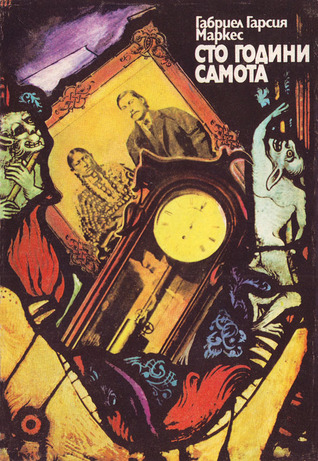 Издателство на Отечествения фронт, 1978
Издателство на Отечествения фронт, 1978
“‘A person can’t go on in neglect like this,’ she said. ‘If we go on like this we’ll be devoured by animals.'”
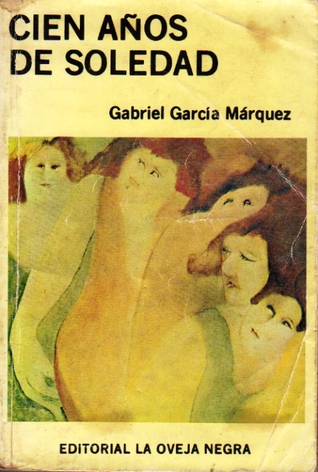 La oveja negra, 1979
La oveja negra, 1979
A family both ghost and not.
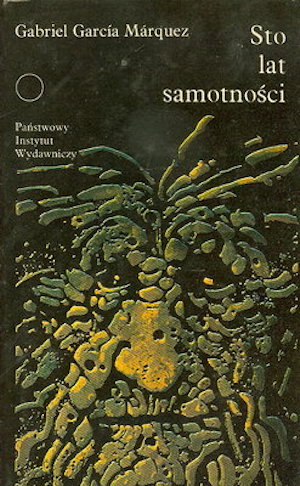 P.I.W., 1979
P.I.W., 1979
How long can one be tied to a chestnut tree before one actually becomes a tree oneself?
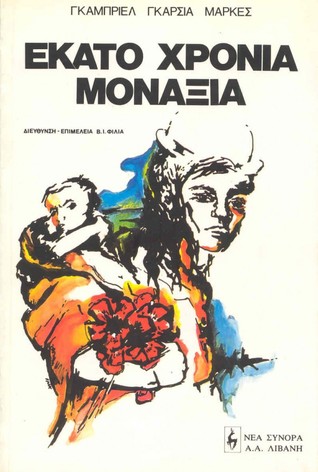 Εκδόσεις Νέα Σύνορα- Α. Λιβάνης, 1979
Εκδόσεις Νέα Σύνορα- Α. Λιβάνης, 1979
The bowler seems very incongruous here.
 Editions du Seuil, 1980
Editions du Seuil, 1980
A lovely vision of Macondo.
 BIGZ, 1982
BIGZ, 1982
“At that time Macondo was a village of twenty adobe houses, built on the bank of a river of clear water that ran along a bed of polished stones, which were white and enormous, like prehistoric eggs. The world was so recent that many things lacked names, and in order to indicate them it was necessary to point.”
 De norske bokklubbene, 1983
De norske bokklubbene, 1983
It’s a little bit like how I imagine the entrance to Wakanda: a break in the landscape so slim you might miss it—but if you don’t, there’s a world of magic on the other side.
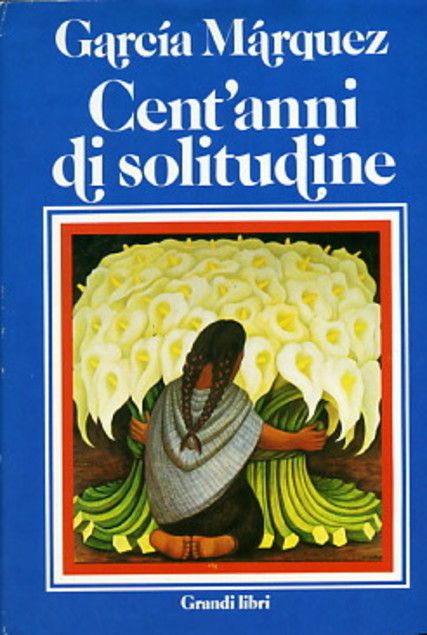 Euroclub, 1983
Euroclub, 1983
This painting is Diego Rivera’s “The Flower Seller” (1942).
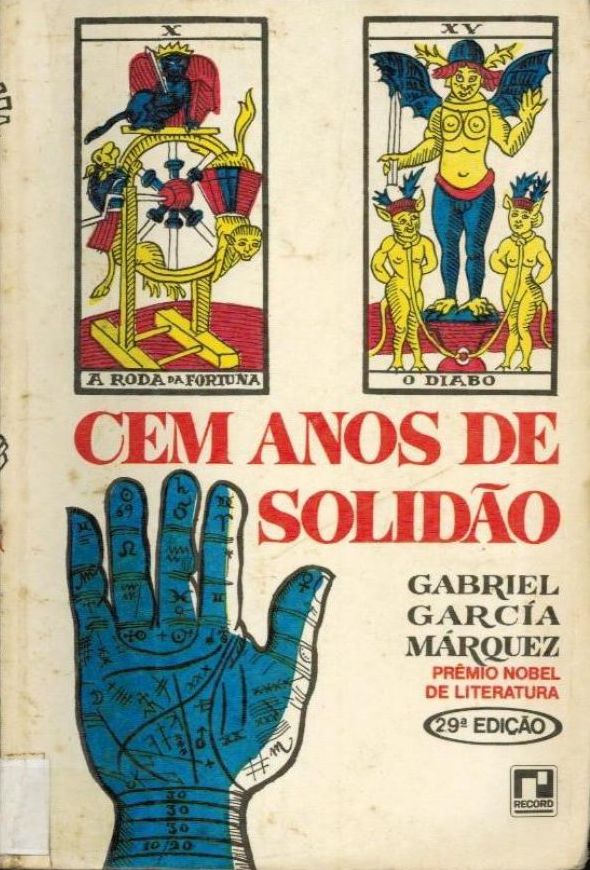 Editora Record, 1985
Editora Record, 1985
This looks like an ancient Roman text and makes no sense for this book, but I still find it pretty compelling.
 Kazakh edition, 1985
Kazakh edition, 1985
A tree or a continent (or both)?
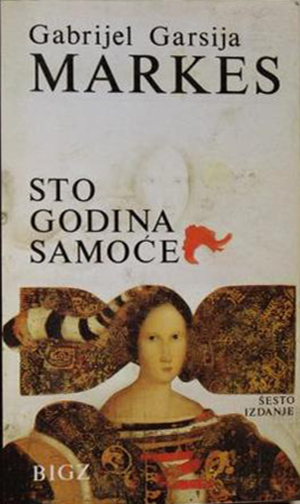 BIGZ, 1985
BIGZ, 1985
Another image that makes no sense for this novel, but is weird enough on its own that I can’t help but kind of like it.
 Círculo de Leitores, 1988
Círculo de Leitores, 1988
Those river eggs again—plus a little mini green Gabo surveying the scene.
 Sudamericana, 1991
Sudamericana, 1991
“He tried to seduce her with the charm of his fantasy, with the promise of a prodigious world where all one had to do was sprinkle some magic liquid on the ground and the plants would bear fruit whenever a man wished, and where all manner of instruments against pain were sold at bargain prices.”
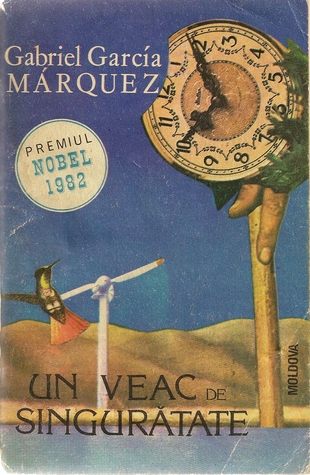 Moldova, 1992
Moldova, 1992
“Then the wind began, warm, incipient, full of voices from the past, the murmurs of ancient geraniums, sighs of disenchantment that preceded the most tenacious nostalgia.”
 P.I.W., 1992
P.I.W., 1992
Another living tree—Tolkien would be proud.
 Meulenhoff, 1992
Meulenhoff, 1992
The yellow works—the teal is kind of a stretch.
 Wahlström & Widstrand, 1994
Wahlström & Widstrand, 1994
“It was then that she realized that the yellow butterflies preceded the appearances of Mauricio Babilonia. She had seen them before, especially over the garage, and she had thought that they were drawn by the smell of paint. Once she had seen them fluttering about her head before she went into the movies. But when Mauricio Babilonia began to pursue her like a ghost that only she could identify in the crowd, she understood that the butterflies had something to do with him. Mauricio Babilonia was always in the audience at the concerts, at the movies, at high mass, and she did not have to see him to know that he was there, because the butterflies were always there.”
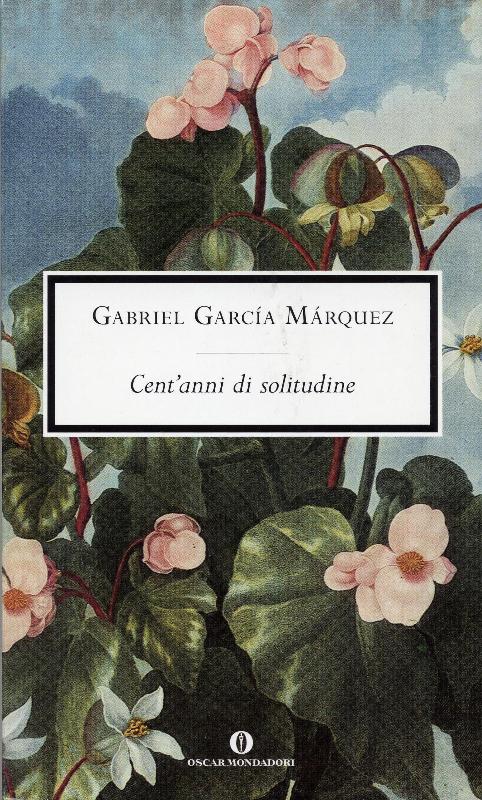 A. Mondadori, 1995
A. Mondadori, 1995
Very pretty—and perhaps slightly too delicate for the subject at hand.
 Everyman’s Library, 1995
Everyman’s Library, 1995
There he is.
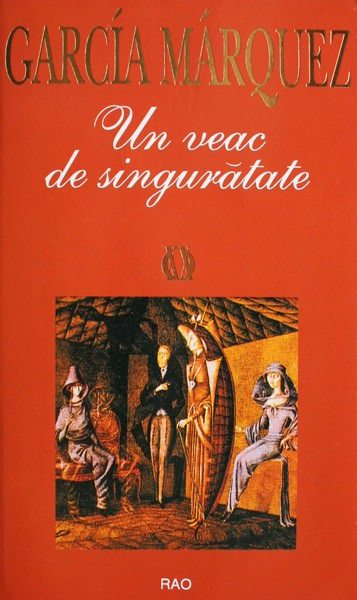 RAO, 1995
RAO, 1995
A very surrealist interpretation of a family gathering.
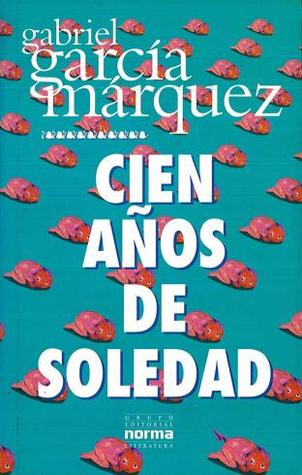 Grupo Editorial Norma, 1996
Grupo Editorial Norma, 1996
I don’t know what these little red-faced creatures are, but they seem right at home.
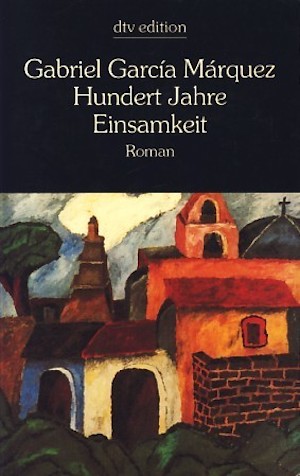 Auflage: N.-A, 1996
Auflage: N.-A, 1996
Boilerplate dream-town.
 Wahlström & Widstrand, 1996
Wahlström & Widstrand, 1996
An image reused from a previous year—this time you can better see the skull.
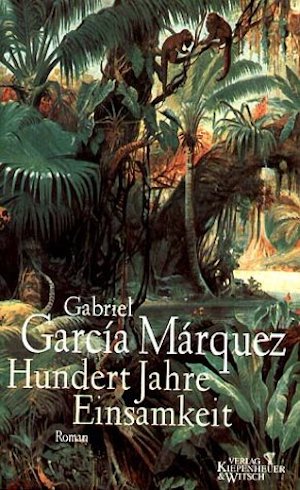 Kiepenheuer und Witsch, 1997
Kiepenheuer und Witsch, 1997
A verdant jungle scene.
 Gyldendal, 1997
Gyldendal, 1997
I like this weird and oversaturated take on jungle life—including the half lemon and plantain (I think) balanced so delicately on the railing.
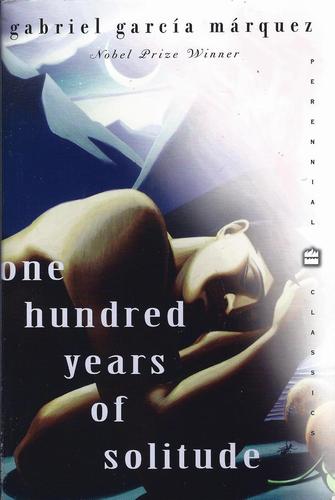 Perennial, 1998
Perennial, 1998
Or do I dream? Or have I dreamed till now?
 Uitgeverij Meulenhoff, 1998
Uitgeverij Meulenhoff, 1998
Again with the boat; this time sinking into a blood-read sea; this time with a ghostly face.
 Penguin Books, 1999
Penguin Books, 1999
I love this depiction of the land as a living creature—and not just living, but with very shapely legs.
 Penguin, 2000
Penguin, 2000
Perhaps the sexiest of all the One Hundred Years of Solitude covers. Because of the monkey, obviously.
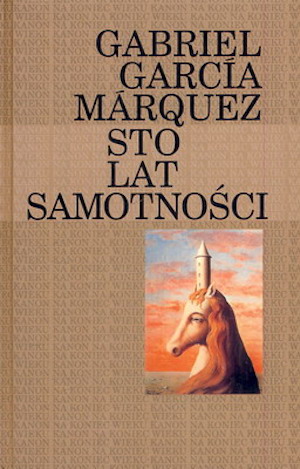 Inne, 2000
Inne, 2000
Sure: a horse with hair like a girl’s and a tower growing out of its head.
 Mondadori, 2000
Mondadori, 2000
Can double as an outdated bathroom sign.
 Dom Quixote, 2000
Dom Quixote, 2000
“He soon acquired the forlorn look that one sees in vegetarians.”
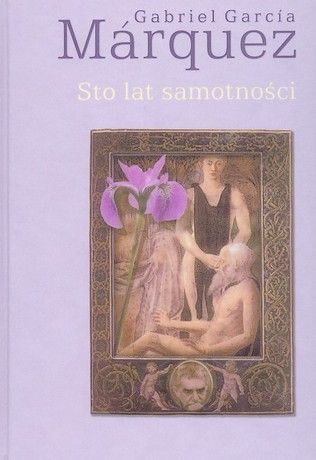 MUZA SA, 2001
MUZA SA, 2001
“Gaston was not only a fierce lover, with endless wisdom and imagination, but he was also, perhaps, the first man in the history of the species who had made an emergency landing and had come close to killing himself and his sweetheart simply to make love in a field of violets.”
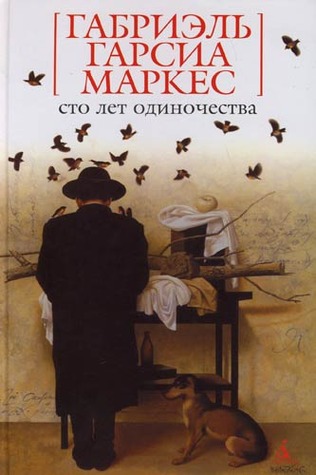 Астрель, 2002
Астрель, 2002
“In a short time he filled not only his own house but all of those in the village with troupials, canaries, bee eaters, and redbreasts. The concert of so many different birds became so disturbing the Úrsula would plug her ears with beeswax so as not to lose her sense of reality. The first time that Meliquíades’ tribe arrived, selling glass balls for headaches, everyone was surprised that they had been able to find that village lost int he drowsiness of the swamp, and the gypsies confessed that they had found their way by the song of the birds.”
 Harper, 2003
Harper, 2003
This is the edition I’m most used to seeing—a slightly altered version of the first American edition.
 Muza S.A., 2003
Muza S.A., 2003
It is a testament to my vast ignorance about South American iconography that I’m now thinking about Legends of the Hidden Temple.
 Bentang Budaya, 2003
Bentang Budaya, 2003
Is that a yeti?
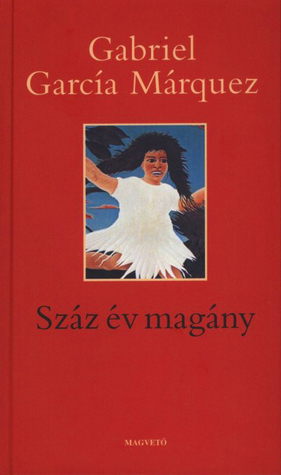 Magvető, 2003
Magvető, 2003
What is she running from?
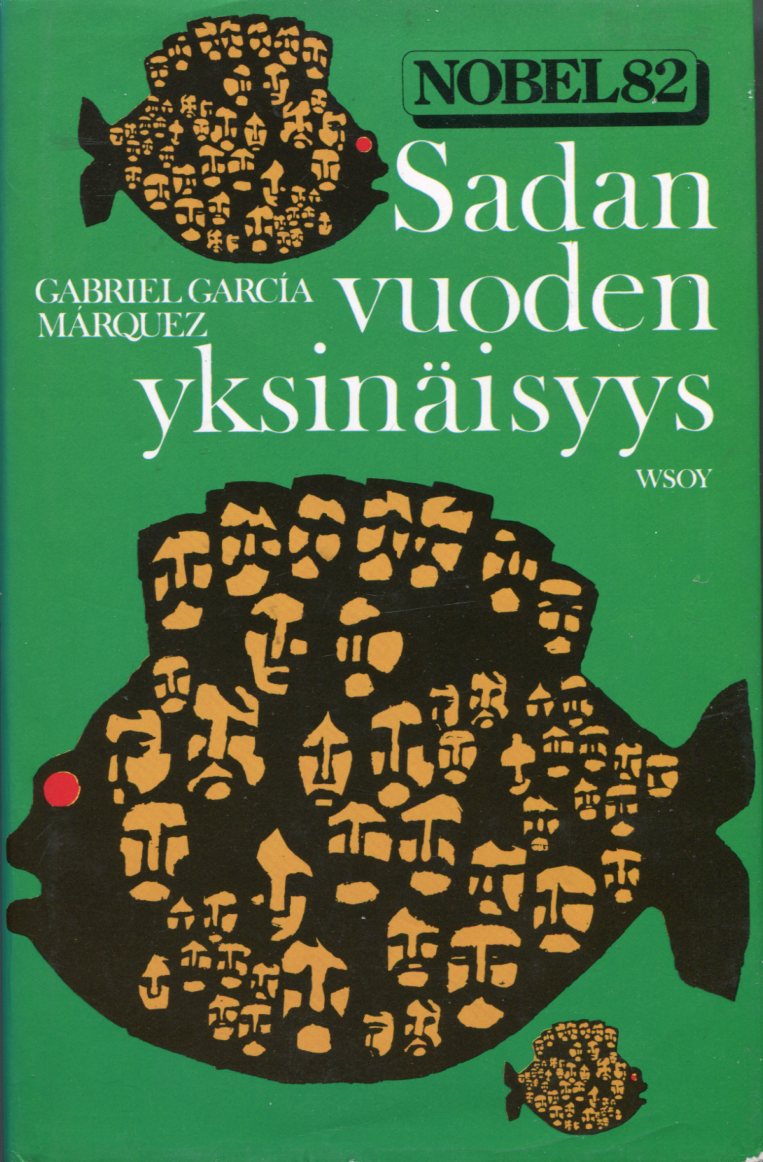 Loisto: WSOY, 2003
Loisto: WSOY, 2003
Generations and generations and Aureliano’s little gold fishes.
 Norma S a Editorial, 2003
Norma S a Editorial, 2003
Yellow butterflies are such a strong presence in this novel that mourners left paper versions outside García Márquez’s house when he died, and later at his memorial. I don’r remember a woman turning into one, but I wouldn’t put it past any of them.
 RBA Editores, 2004
RBA Editores, 2004
“First they brought the magnet.”
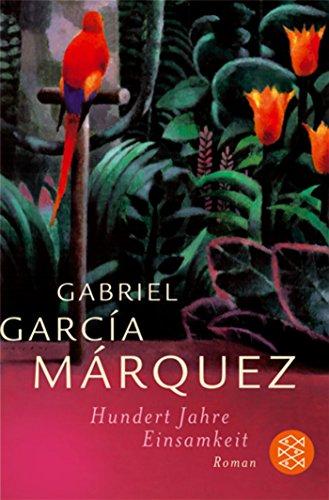 Fischer Taschenbuch, 2004
Fischer Taschenbuch, 2004
Your standard jungle-esque art.
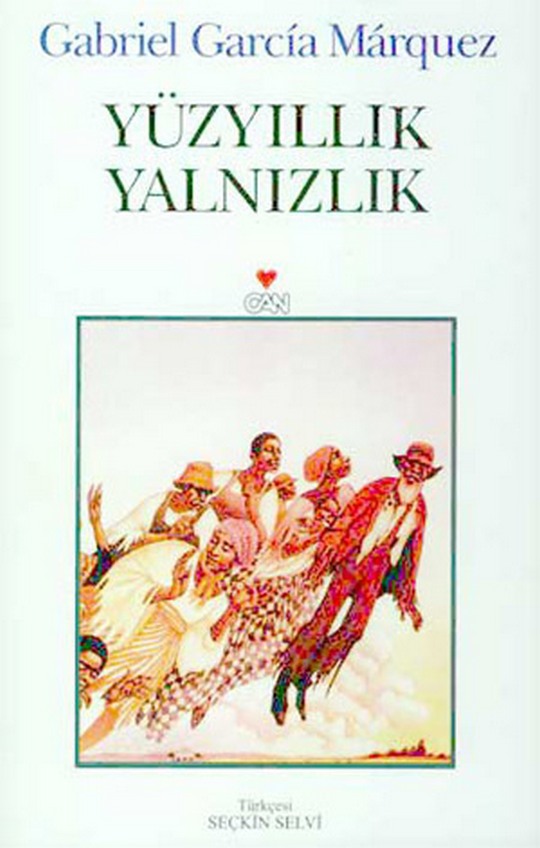 Can Yayınları, 2005
Can Yayınları, 2005
After all, this is a novel in which levitation can be achieved by means of hot chocolate.
 دار المدى, 2005
دار المدى, 2005
Almost like a hand-painted door—the colors of houses being rather a touchy subject in Macondo. “We fought all those wars and all of it just so that we didn’t have to paint our houses blue.”
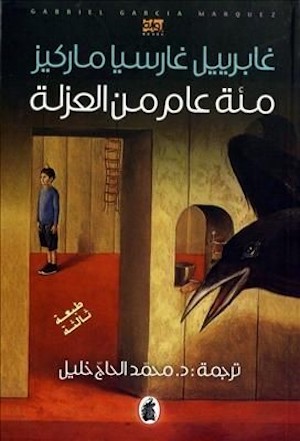 المؤسسة العربية للدراسات والنشر,2005
المؤسسة العربية للدراسات والنشر,2005
I think that crow is a lawyer.
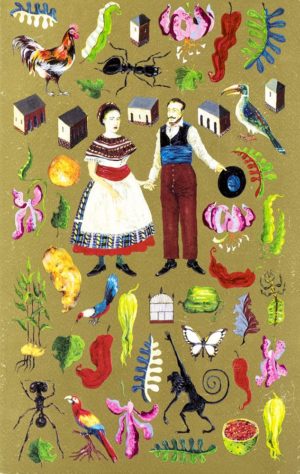 London: The Folio Society, 2006
London: The Folio Society, 2006
A very pretty box cover from the Folio Society—the hardcover inside is black with the two central figures above embossed in gold.
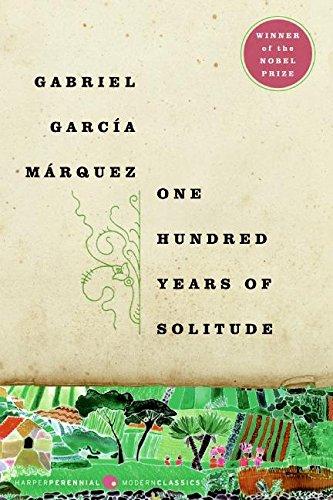 Harper Perennial Modern Classic, 2006
Harper Perennial Modern Classic, 2006
A classroom staple.
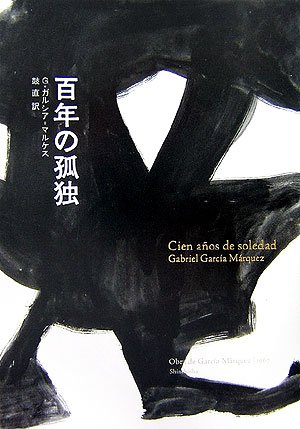 Shinchōsha, 2006
Shinchōsha, 2006
Perhaps too minimalist to be meaningful.
 Alfaguara, 2007
Alfaguara, 2007
A leaf for every member of the family.
 Odeon, 2008
Odeon, 2008
How did I miss the spaceships in this novel?
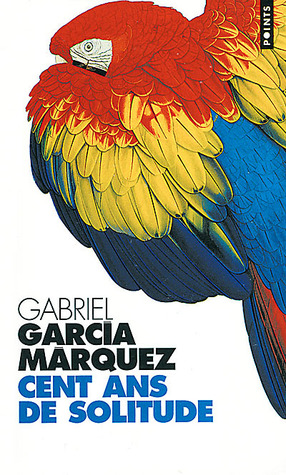 Points, 2008
Points, 2008
Macaws make great trading capital—but subpar dinner material.
 Dom Quixote, 2009
Dom Quixote, 2009
A celebratory flourish of a cover.
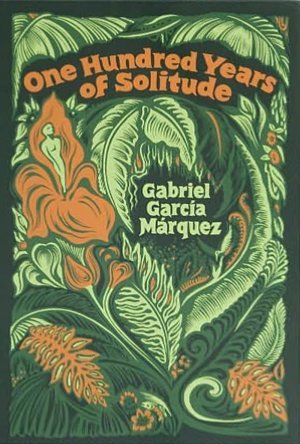 Barnes & Noble, 2011
Barnes & Noble, 2011
A very convincing jungle scene—particularly that human-shaped stigma.
 Nxb Văn Học & Minh Thắng, 2011
Nxb Văn Học & Minh Thắng, 2011
Well, there are baths taken in this novel.
 Qanun Nəşriyyatı, 2011
Qanun Nəşriyyatı, 2011
Putting the numbers first.
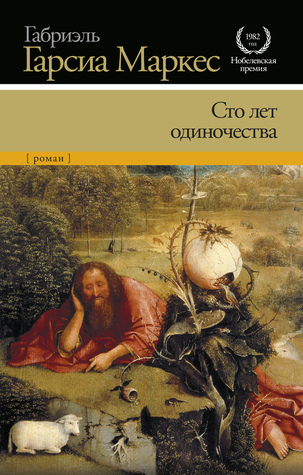 АСТ, Астрель, Харвест, 2011
АСТ, Астрель, Харвест, 2011
Hmm.
 Círculo de Lectores, 2011
Círculo de Lectores, 2011
There’s nothing like an artfully placed lotus flower.
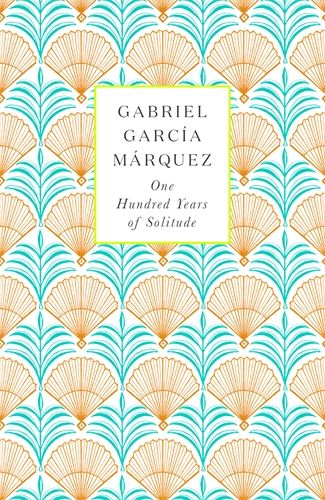 Penguin Viking, 2014
Penguin Viking, 2014
A pretty shell pattern.
 Penguin Books, 2014
Penguin Books, 2014
Girl with macaw.
 Karo, 2014
Karo, 2014
Another one that looks like SF to me. What’s that coming down from the sky?
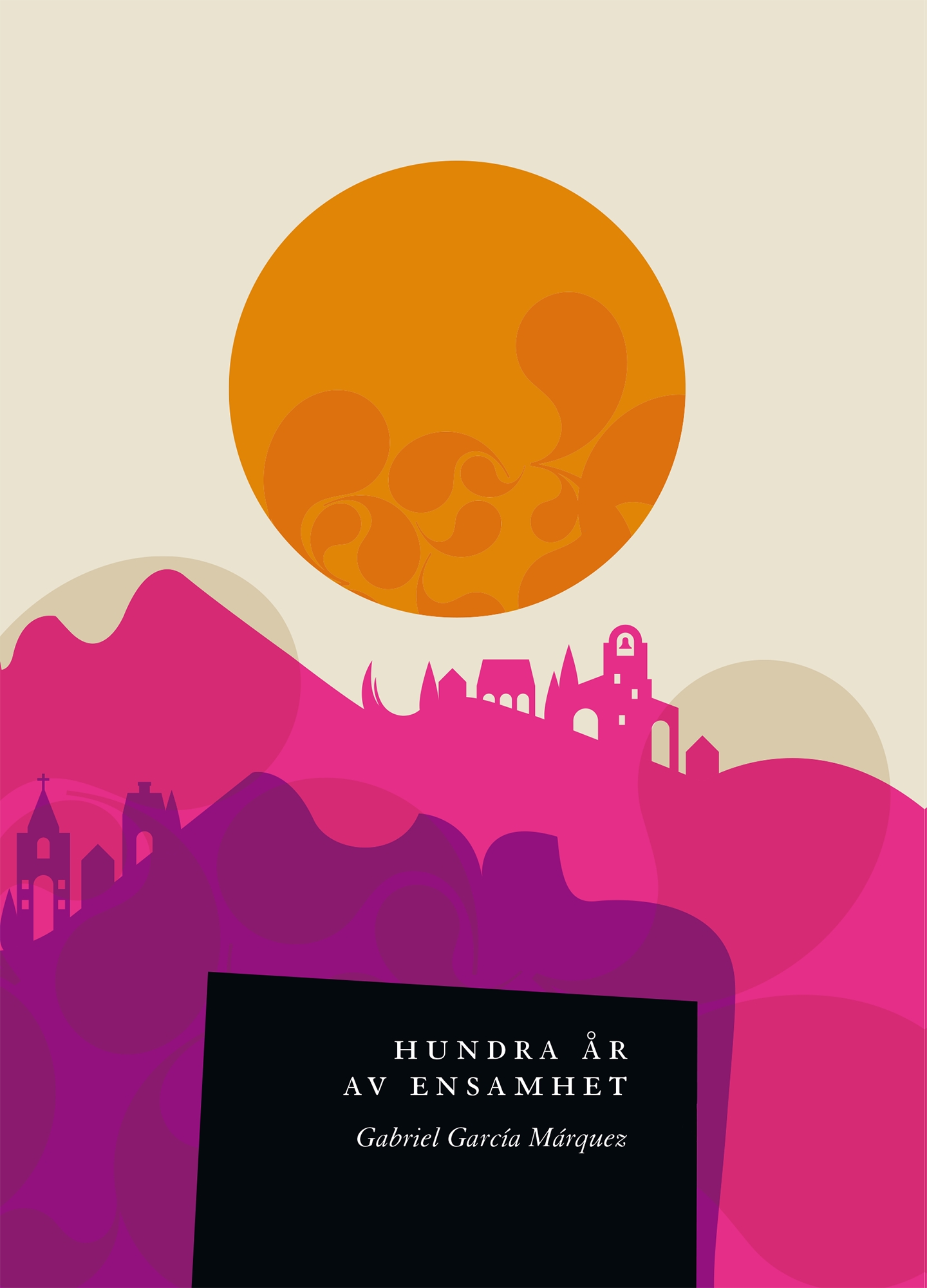 Wahlström & Widstrand, 2014
Wahlström & Widstrand, 2014
Somehow this colorful cutout gets the gist.
 Rao Books, 2014
Rao Books, 2014
Another cover that plays on the theme of many connected or interlocking faces.
 Can Yayınları, 2014
Can Yayınları, 2014
I shudder at the memory of those enormous red ants—it looks like one of them has escaped this book and is crawling across the cover towards your hand.
 Debolsillo, 2014
Debolsillo, 2014
A very alluring entrance to a secret and magical world.
 Literatura Random House, 2015
Literatura Random House, 2015
Another book cover playing on the tree theme.
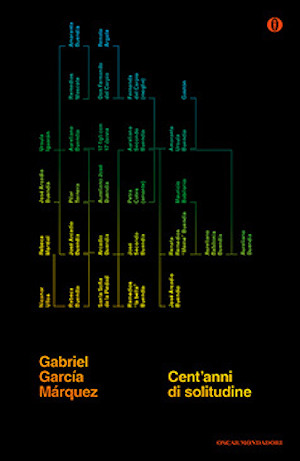 Mondadori, 2015
Mondadori, 2015
But here’s an entirely different kind of tree.
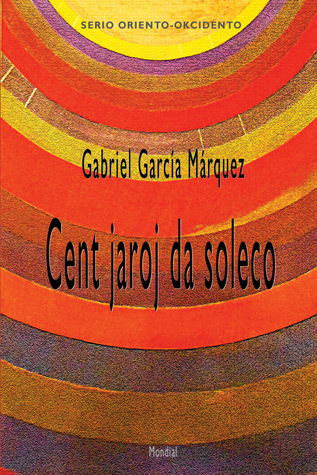 Smashwords Edition, 2015
Smashwords Edition, 2015
The striations of the sun seem to get a little dirty down there at the bottom of the image.
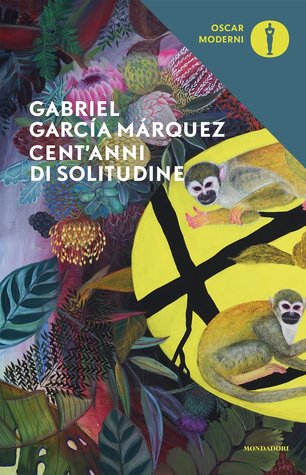 Mondadori, 2016
Mondadori, 2016
I hear the gypsies have a trained monkey who can read minds.
 NXB Văn Học, Huy Hoàng, 2016
NXB Văn Học, Huy Hoàng, 2016
A fair warning: in some towns, if you speak too much Latin, you’ll soon find yourself tied to a tree.
 Literatura Random House, 2017
Literatura Random House, 2017
More red ants! And houses that are mere decorations for the vines.
 민음사 , 2017
민음사 , 2017
“I don’t care if I have piglets as long as they can talk.”
 Slovart, 2017
Slovart, 2017
Another pretty botanical treatment.
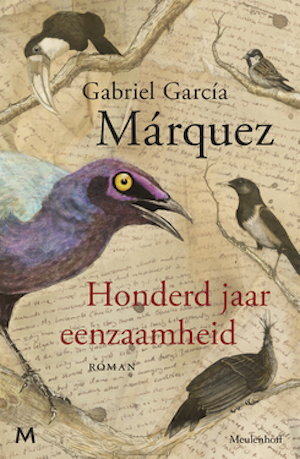 Meulenhoff Boekerij bv, 2017
Meulenhoff Boekerij bv, 2017
Macondo is a place overrun with birds—though they are not always as alive as they seem here.
 Editora Record, 2017
Editora Record, 2017
There’s that yellow butterfly.
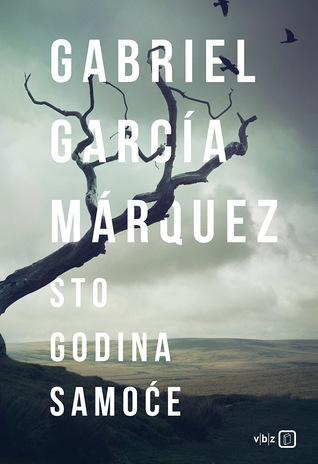 V. B. Z., 2017
V. B. Z., 2017
To be honest, this looks more like a moor than a rainforest.
 Kiepenheuer & Witsch, 2017
Kiepenheuer & Witsch, 2017
One bird to represent many.
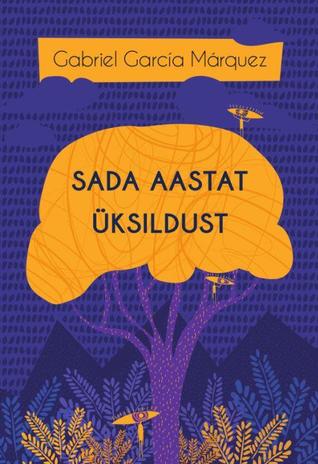 Eesti Raamat, 2017
Eesti Raamat, 2017
The eyes have it (or maybe they have the eyes).
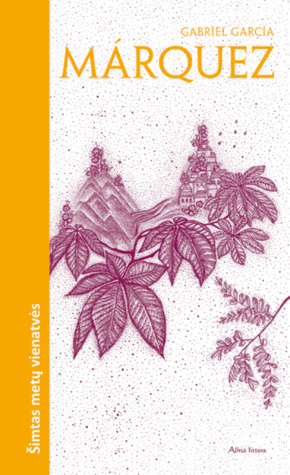 Alma littera, 2017
Alma littera, 2017
More like a floating mountain village than a sweltering jungle one, but still a pretty treatment.
 皇冠文化出版有限公司, 2018
皇冠文化出版有限公司, 2018
Maybe it’s just the glitter, but that looks like magic to me.
Emily Temple
Emily Temple is the managing editor at Lit Hub. Her first novel, The Lightness, was published by William Morrow/HarperCollins in June 2020. You can buy it here.



















